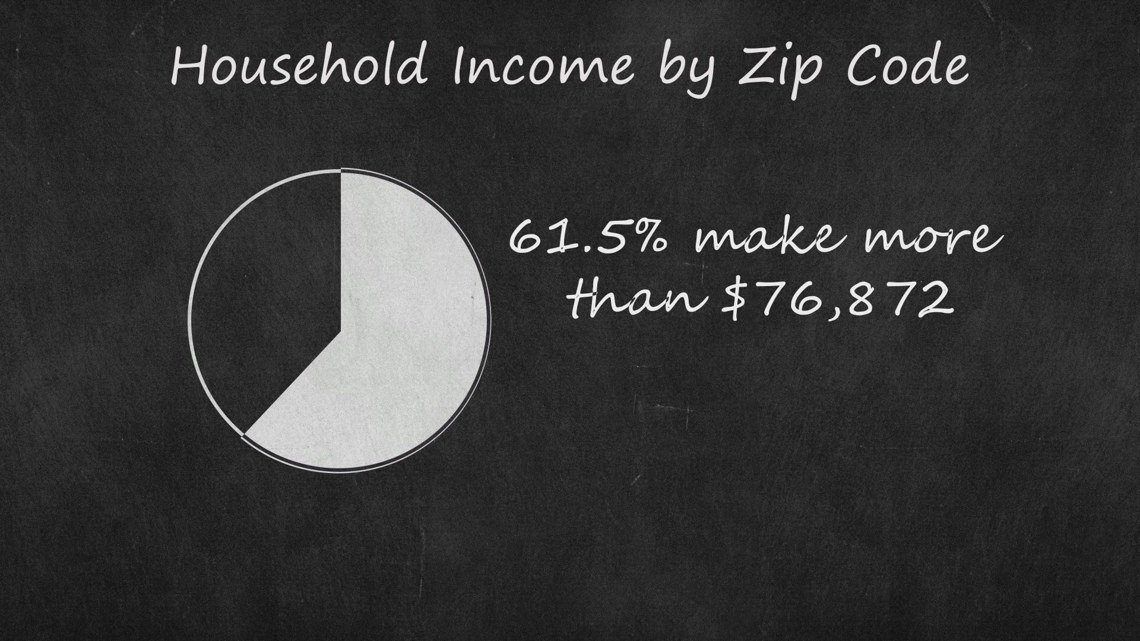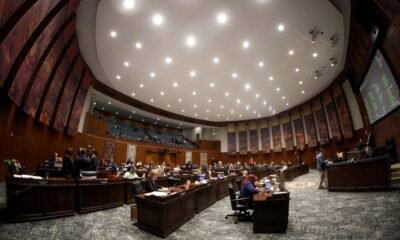arizona
12News I-Team Investigates: Which Zip Codes Are Cashing In on School Vouchers? Discover the Data!

**Investigation Reveals Disparities in Arizona’s Empowerment Scholarship Accounts**
Paradise Valley, Ariz. — Arizona’s Empowerment Scholarship Accounts (ESAs) were intended to create equitable educational opportunities. However, a recent investigation by 12News indicates that these vouchers largely benefit families in affluent neighborhoods.
According to state records, there are nearly 87,000 ESAs, with a significant portion allocated to wealthy areas, particularly Paradise Valley, where the median home price exceeds $3 million. Households in this zip code boast a median income of $182,150, substantially above the state average of $76,872.
The investigation found that over 700 children in this area have ESAs, equating to almost one in ten residences. The findings reveal that 62% of all vouchers are directed toward homes earning above the median income, and over 45% of students utilizing these vouchers had never previously attended Arizona public schools.
Kathy Boltz, a parent of a child with special needs, shared her experience with the program. She noted the minimal regulations governing ESA spending, illustrating how a baseball camp could be classified as part of a child’s curriculum. According to Boltz, special needs children receive the highest funding, with amounts reaching up to $47,000 per child, compared to the average ESA of $7,000 to $8,000.
Legislative changes have broadened access to these vouchers. In 2022, former Governor Doug Ducey expanded the program, allowing any Arizona resident, regardless of financial status, to qualify for an ESA. Critics argue this shift has led to the program being exploited by those who do not need it. Boltz emphasized, “A program that genuinely met the needs of some special education students has been hijacked by special interests.”
State Senator John Kavanagh supports the expansion, arguing that educational choice should be available for all children. He notes that the program began to aid children with disabilities and military families but has since grown to serve a wider audience. “Every child has a right to educational choice,” Kavanagh stated.
As the program’s funding soars from $176 million in the 2022 fiscal year to an expected $1 billion next year, concerns about its financial implications grow. State Schools Chief Tom Horne insists that the program’s accessibility is a positive aspect, stating that it does not require income verification. This lack of oversight raises questions about the equitable distribution of educational resources in Arizona.


















